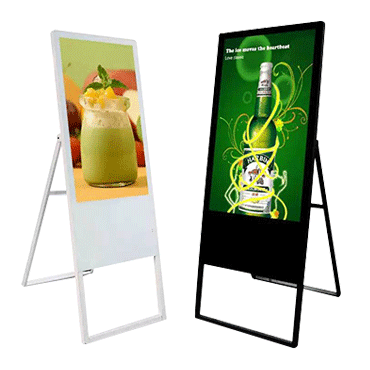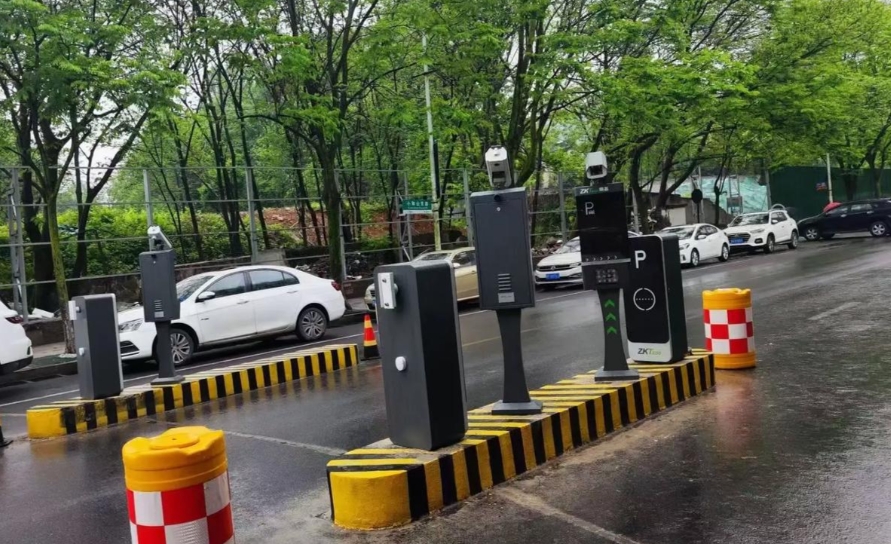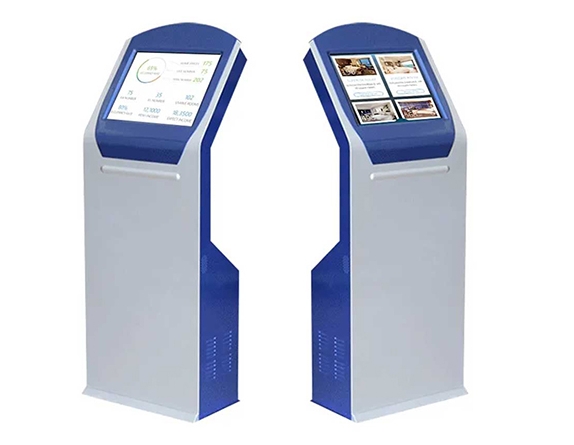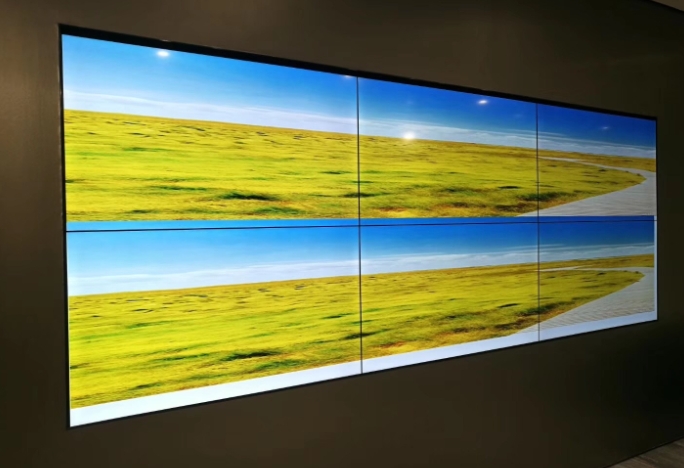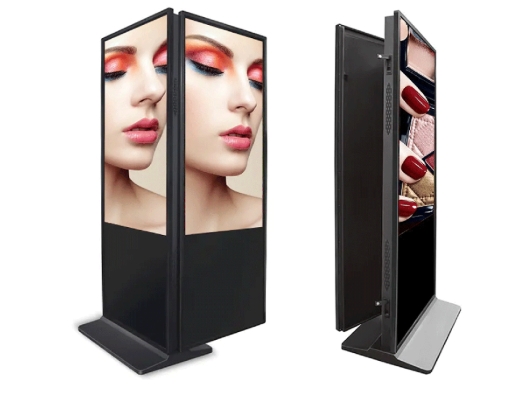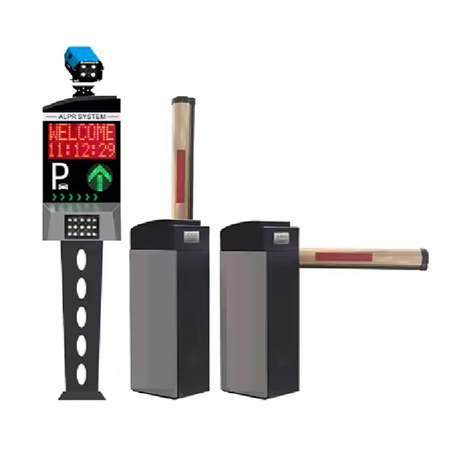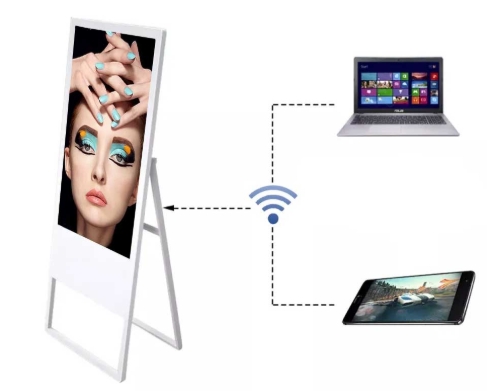2025’s Top 5 Interactive Digital Wayfinding Strategies to Boost Retail Traffic & Sales
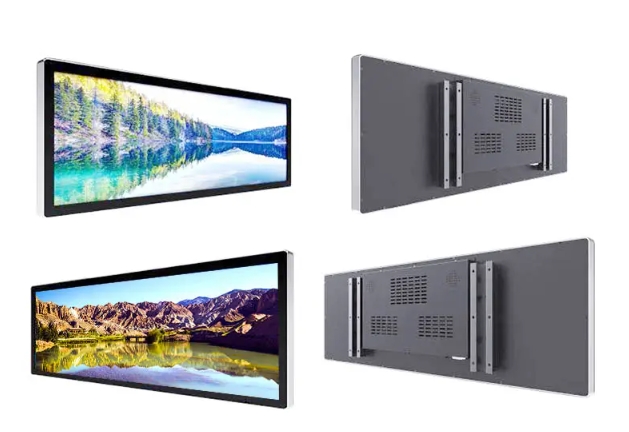
In the bustling world of retail, getting customers to the right place at the right time can make or break a sale. That’s where interactive digital wayfinding comes in—a game-changer for shopping malls, duty-free shops, brand stores, and other high-traffic retail spaces. These smart, user-friendly systems guide shoppers, enhance their experience, and ultimately drive more foot traffic and sales.
As we head into 2025, interactive digital wayfinding is evolving fast, blending cutting-edge tech with intuitive design to meet the demands of today’s digital-savvy customers. If you’re a procurement professional looking to invest in solutions that boost engagement and revenue, this article is for you. We’ll dive into the top five strategies for interactive digital wayfinding, share real-world examples, and explain why these tools are a must-have for retail success.
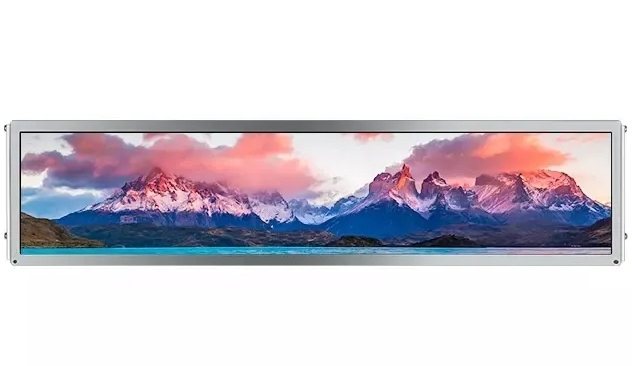

Why It Works:
Personalized recommendations make shoppers feel valued, increasing the chances they’ll explore more stores and spend more money. These kiosks also collect data on customer preferences, giving retailers valuable insights to optimize their marketing.
Real-World Example:
A major U.S. shopping mall installed touchscreen kiosks with interactive retail wayfinding in its central atrium. The kiosks allowed shoppers to search for stores and receive tailored suggestions, like discounts at nearby clothing boutiques. Within six months, the mall reported a 12% increase in foot traffic and a 7% boost in sales at participating stores.
Why It Works:
Mobile integration meets customers where they are—on their phones. It’s convenient, familiar, and encourages shoppers to engage with your brand even after they leave the store. Plus, apps can track user behavior, helping retailers refine their strategies.
Real-World Example:
A luxury duty-free shop at an international airport launched a mobile app with digital wayfinding for retail. The app guided travelers to high-end stores and alerted them to exclusive deals. The result? A 15% increase in sales from app users compared to non-users.
Why It Works:
AR is immersive and fun, appealing to younger, tech-savvy shoppers. It transforms navigation into an engaging experience, encouraging customers to explore more of your retail space.
Real-World Example:
A European shopping center introduced an AR wayfinding app that allowed shoppers to scan their surroundings for directions to stores and restaurants. The app also displayed pop-up ads for nearby sales. The center saw a 10% increase in dwell time and a 5% uptick in sales within three months.
Why It Works:
Voice assistants are intuitive and accessible, especially for customers who may struggle with touchscreens or prefer a hands-free option. They also add a modern, high-tech vibe to your retail environment.
Real-World Example:
A flagship brand store in New York City installed voice-activated wayfinding kiosks to guide customers to specific product sections. Shoppers could say, “Where’s the women’s shoe department?” and get instant directions. The store reported higher customer satisfaction scores and a 9% increase in sales for featured products.
Why It Works:
Dynamic signage keeps content fresh and relevant, encouraging shoppers to act on promotions or visit new stores. It also enhances the overall aesthetic of your retail space, making it feel modern and inviting.
Real-World Example:
A Canadian mall combined interactive wayfinding kiosks with digital signage to promote seasonal events and store discounts. The signage updated in real time to reflect current promotions, leading to a 14% increase in event attendance and a 6% boost in sales at nearby stores.
1. Increased Foot Traffic
By guiding customers to specific stores or promotions, wayfinding systems boost visits to less-trafficked areas of a mall or store. This leads to higher sales across multiple retailers.
2. Higher Dwell Time
Engaging, interactive systems encourage shoppers to spend more time exploring. The longer they stay, the more likely they are to make impulse purchases.
3. Data-Driven Insights
Most digital wayfinding solutions collect data on user searches and navigation patterns. Retailers can use this data to optimize store layouts, refine marketing campaigns, and target high-value customers.
4. Cost Savings
Compared to traditional signage, digital wayfinding reduces the need for printed materials and manual updates. Over time, these savings add up, offsetting the initial investment.
Conclusion
In 2025, interactive digital wayfinding is more than a navigation tool—it’s a strategic asset for retailers looking to boost traffic and sales. From touch screen kiosks to AR apps and voice assistants, these solutions create engaging, personalized experiences that keep customers coming back. By investing in the right digital wayfinding system, procurement teams can transform their retail spaces into dynamic, customer-centric hubs.Ready to take your retail game to the next level? Explore these top strategies and solutions to find the perfect fit for your shopping mall, duty-free shop, or brand store. The future of retail is here—don’t miss out!
As we head into 2025, interactive digital wayfinding is evolving fast, blending cutting-edge tech with intuitive design to meet the demands of today’s digital-savvy customers. If you’re a procurement professional looking to invest in solutions that boost engagement and revenue, this article is for you. We’ll dive into the top five strategies for interactive digital wayfinding, share real-world examples, and explain why these tools are a must-have for retail success.

Why Interactive Digital Wayfinding Matters in Retail
Picture this: a customer walks into a massive shopping mall, unsure where to find their favorite store. Without clear guidance, they might wander aimlessly, get frustrated, and leave. Now imagine that same customer using a sleek, touchscreen kiosk that not only shows them the fastest route but also suggests nearby deals and events. That’s the power of interactive digital wayfinding.These systems do more than point people in the right direction. They create seamless, engaging experiences that keep shoppers in your space longer, encourage impulse purchases, and build brand loyalty. With digital wayfinding solutions, retailers can turn navigation into an opportunity to connect with customers and drive sales.
Top 5 Interactive Digital Wayfinding Strategies for 2025
Here are the five most effective interactive digital wayfinding strategies that retailers should prioritize in 2025. Each one is designed to maximize customer engagement and boost your bottom line.1. Touchscreen Kiosks with Personalized Recommendations
Touchscreen kiosks are the backbone of modern digital wayfinding systems. In 2025, the best kiosks go beyond simple maps—they offer personalized recommendations based on user input. Customers can search for stores, products, or even dining options, and the system suggests nearby promotions or events tailored to their interests.Why It Works:
Personalized recommendations make shoppers feel valued, increasing the chances they’ll explore more stores and spend more money. These kiosks also collect data on customer preferences, giving retailers valuable insights to optimize their marketing.
Real-World Example:
A major U.S. shopping mall installed touchscreen kiosks with interactive retail wayfinding in its central atrium. The kiosks allowed shoppers to search for stores and receive tailored suggestions, like discounts at nearby clothing boutiques. Within six months, the mall reported a 12% increase in foot traffic and a 7% boost in sales at participating stores.
2. Mobile App Integration for Seamless Navigation
In 2025, interactive digital wayfinding isn’t limited to physical kiosks. Mobile apps that sync with wayfinding systems are gaining traction, allowing customers to access maps, directions, and promotions right from their smartphones. These apps can send push notifications about flash sales or guide users to specific stores with turn-by-turn directions.Why It Works:
Mobile integration meets customers where they are—on their phones. It’s convenient, familiar, and encourages shoppers to engage with your brand even after they leave the store. Plus, apps can track user behavior, helping retailers refine their strategies.
Real-World Example:
A luxury duty-free shop at an international airport launched a mobile app with digital wayfinding for retail. The app guided travelers to high-end stores and alerted them to exclusive deals. The result? A 15% increase in sales from app users compared to non-users.
3. Augmented Reality (AR) Wayfinding
Augmented reality is taking interactive digital wayfinding to the next level. AR-enabled systems let customers point their smartphones at a store directory or even the mall itself to see real-time directions overlaid on their screen. Some systems even highlight products or promotions as users navigate.Why It Works:
AR is immersive and fun, appealing to younger, tech-savvy shoppers. It transforms navigation into an engaging experience, encouraging customers to explore more of your retail space.
Real-World Example:
A European shopping center introduced an AR wayfinding app that allowed shoppers to scan their surroundings for directions to stores and restaurants. The app also displayed pop-up ads for nearby sales. The center saw a 10% increase in dwell time and a 5% uptick in sales within three months.
4. Voice-Activated Wayfinding Assistants
Voice-activated technology is becoming a staple in retail environments. In 2025, digital wayfinding solutions with voice assistants will let customers ask for directions or store information hands-free. These systems can be integrated into kiosks or accessed via smart speakers placed throughout a retail space.Why It Works:
Voice assistants are intuitive and accessible, especially for customers who may struggle with touchscreens or prefer a hands-free option. They also add a modern, high-tech vibe to your retail environment.
Real-World Example:
A flagship brand store in New York City installed voice-activated wayfinding kiosks to guide customers to specific product sections. Shoppers could say, “Where’s the women’s shoe department?” and get instant directions. The store reported higher customer satisfaction scores and a 9% increase in sales for featured products.
5. Dynamic Digital Signage Integration
Pairing interactive digital wayfinding with dynamic digital signage creates a powerful combo. Digital signs can display real-time promotions, event schedules, or even wayfinding maps that update based on crowd levels or store hours. When integrated with kiosks or mobile apps, these signs reinforce the wayfinding experience.Why It Works:
Dynamic signage keeps content fresh and relevant, encouraging shoppers to act on promotions or visit new stores. It also enhances the overall aesthetic of your retail space, making it feel modern and inviting.
Real-World Example:
A Canadian mall combined interactive wayfinding kiosks with digital signage to promote seasonal events and store discounts. The signage updated in real time to reflect current promotions, leading to a 14% increase in event attendance and a 6% boost in sales at nearby stores.
Top Interactive Digital Wayfinding Solutions in 2025
To help procurement teams choose the right digital wayfinding system, here’s a roundup of some top solutions available in 2025:1. 22Miles Visual Communications Platform
This platform offers customizable kiosks, mobile apps, and AR integration, making it ideal for malls and duty-free shops. Its analytics dashboard provides insights into customer behavior.2. Poppulo Digital Signage & Wayfinding
Poppulo combines dynamic signage with wayfinding kiosks, offering a seamless experience for retail environments. It’s known for its user-friendly interface and scalability.3. Visix AxisTV Signage Suite
Visix specializes in voice-activated and touchscreen wayfinding solutions, perfect for brand stores and smaller retail spaces. Its cloud-based system simplifies content updates.4. Mappedin Indoor Mapping Platform
Mappedin’s mobile-first approach excels in app-based wayfinding, with AR and personalized recommendations as standout features. It’s a favorite for large shopping centers.5. T1V ThinkHub Connect
T1V offers interactive kiosks with voice and touch capabilities, designed for high-traffic retail environments. Its sleek design complements modern store aesthetics.Profit Analysis: The ROI of Interactive Digital Wayfinding
Investing in interactive digital wayfinding isn’t just about improving navigation—it’s about driving measurable business results. Here’s how these systems deliver a strong return on investment:1. Increased Foot Traffic
By guiding customers to specific stores or promotions, wayfinding systems boost visits to less-trafficked areas of a mall or store. This leads to higher sales across multiple retailers.
2. Higher Dwell Time
Engaging, interactive systems encourage shoppers to spend more time exploring. The longer they stay, the more likely they are to make impulse purchases.
3. Data-Driven Insights
Most digital wayfinding solutions collect data on user searches and navigation patterns. Retailers can use this data to optimize store layouts, refine marketing campaigns, and target high-value customers.
4. Cost Savings
Compared to traditional signage, digital wayfinding reduces the need for printed materials and manual updates. Over time, these savings add up, offsetting the initial investment.
Conclusion
In 2025, interactive digital wayfinding is more than a navigation tool—it’s a strategic asset for retailers looking to boost traffic and sales. From touch screen kiosks to AR apps and voice assistants, these solutions create engaging, personalized experiences that keep customers coming back. By investing in the right digital wayfinding system, procurement teams can transform their retail spaces into dynamic, customer-centric hubs.Ready to take your retail game to the next level? Explore these top strategies and solutions to find the perfect fit for your shopping mall, duty-free shop, or brand store. The future of retail is here—don’t miss out!
Current page link:https://www.touchkiosk.com/news/417.html
Tags:
interactive displays,warfinding




